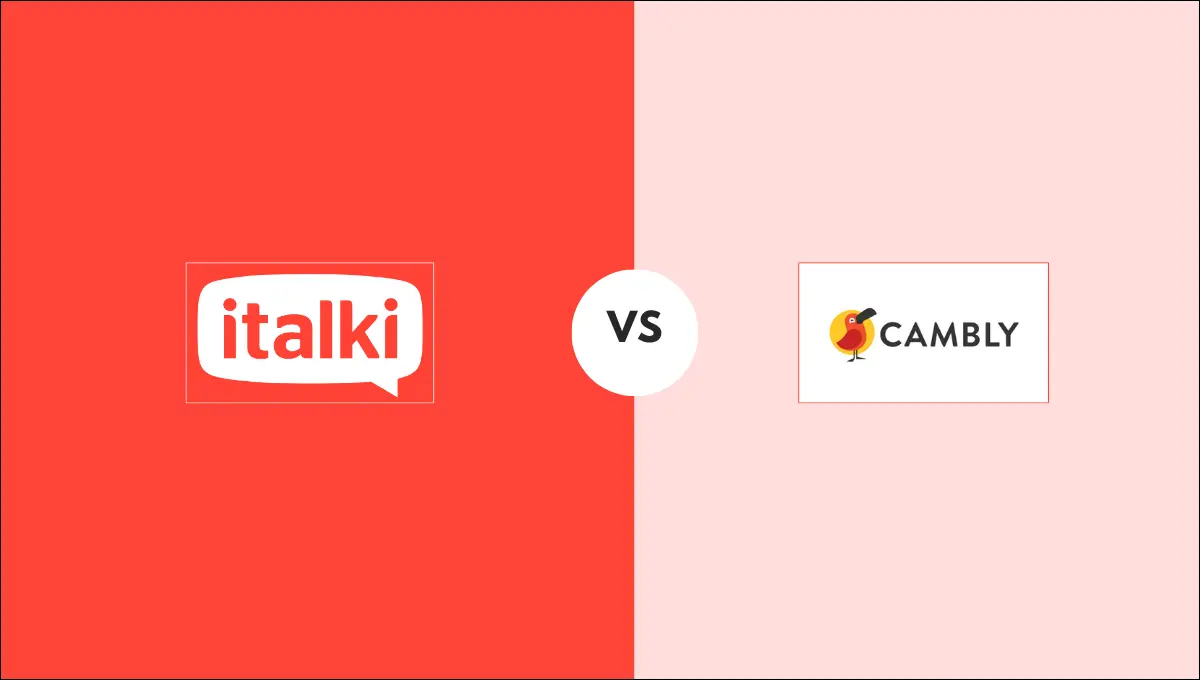Language is a powerful tool that shapes our communication, culture, and identity. When comparing the Mexican language, which primarily refers to Mexican Spanish, with French, we dig into two rich and diverse linguistic traditions.

Both languages have fascinating histories, distinctive features, and significant global impact. This blog will explore the origins, grammar, pronunciation, vocabulary, cultural nuances, and learning challenges of Mexican Spanish and French.
Origins and historical context
Mexican Spanish
Mexican Spanish is a variant of the Spanish language spoken in Mexico. Its roots trace back to the Spanish colonization of the Americas in the 16th century. Before the arrival of the Spanish, the region was home to a variety of indigenous languages, including Nahuatl, the language of the Aztecs.
Spanish colonizers imposed their language, but indigenous languages significantly influenced the vocabulary and pronunciation of the Spanish spoken in Mexico. Today, Mexican Spanish reflects this blend of European and indigenous linguistic elements.
French
French is a Romance language that evolved from Latin, the language of the Roman Empire. After the fall of the Roman Empire, Latin evolved into various dialects, which eventually became distinct languages. French emerged in the region of Gaul, influenced by the Germanic Frankish language and Latin.
The standardization of French began in the 17th century under the reign of Louis XIV, leading to the development of modern French. Today, French is spoken in many countries worldwide, reflecting its colonial history and cultural influence.
Grammar and sentence structure
Mexican Spanish
Spanish grammar is relatively straightforward, characterized by a subject-verb-object (SVO) sentence structure. It employs gendered nouns, with most nouns ending in -o being masculine and those ending in -a being feminine. Adjectives typically follow nouns and must agree in gender and number.
Spanish verb conjugation is complex, with various tenses and moods, including the indicative, subjunctive, and imperative. Mexican Spanish often uses the diminutive suffix -ito/-ita to express affection or indicate something small.
French
French grammar is also an SVO language but includes many unique features. Like Spanish, French uses gendered nouns and adjectives that must agree in gender and number. However, French has more irregular verb conjugations and a more complex system of verb tenses, including several compound tenses. Pronouns play a significant role in French sentence structure, often appearing in positions that differ from English and Spanish. French also uses articles more frequently and has a more extensive set of contractions.
Pronunciation
Mexican Spanish
Spanish pronunciation is generally phonetic, meaning words are pronounced as they are spelled. Mexican Spanish has several distinctive phonetic features, such as the pronunciation of the letter ‘x’ as an ‘h’ sound in words like “México” and the softening of ‘j’ and ‘g’ before ‘e’ or ‘i’. The accent varies by region, but Mexican Spanish is generally characterized by clear, distinct vowel sounds and a melodious intonation.
French
French pronunciation can be challenging for learners due to its nasal vowels, silent letters, and liaison rules. Nasal vowels, where the sound resonates through the nose, are a hallmark of French phonetics.
The language also features many silent letters, especially at the ends of words. French uses liaison, a process where a normally silent consonant at the end of a word is pronounced at the beginning of the next word if it starts with a vowel. This can make spoken French sound fluid and continuous, often complicating listening comprehension.

Vocabulary
Mexican Spanish
Mexican Spanish vocabulary is rich and varied, heavily influenced by indigenous languages, especially Nahuatl. Many everyday words in Mexican Spanish, such as “tomate” (tomato), “chocolate” (chocolate), and “aguacate” (avocado), have indigenous origins. Additionally, Mexican Spanish incorporates a variety of regional slang and colloquial expressions, making it colorful and expressive. For example, “chido” means cool or great, and “güey” is a common informal term for dude or guy.
French
French vocabulary is extensive and has significantly influenced the English language, contributing words like “ballet,” “café,” and “résumé.” French also borrows terms from other languages, reflecting its global interactions. The language is known for its precise and nuanced vocabulary, especially in fields like cuisine, fashion, and art. French also has many homophones, words that sound the same but have different meanings, which can challenge learners.
Cultural nuances and communication styles
Mexican Spanish
Communication in Mexican Spanish is often warm and expressive. Mexicans value politeness and formality, especially in initial interactions. Formal titles and the polite form “usted” are common in professional and respectful settings. Family and social relationships are central in Mexican culture, reflected in the frequent use of terms of endearment and inclusive language. Mexican Spanish also has a rich tradition of idiomatic expressions and proverbs, adding depth and humor to everyday communication.
French
French communication tends to be more formal and reserved than Mexican Spanish. Politeness and respect for social norms are essential, and there is a clear distinction between formal and informal language. The use of “vous” (formal you) versus “tu” (informal you) is a key aspect of French etiquette.

French-speaking countries highly value intellectualism and precision in language, often leading to elaborate and carefully constructed sentences. The French also appreciate wit and rhetorical skill, which is evident in their conversation and literature.
French is spoken by millions of people worldwide. If you are a French learner, you may encounter several difficulties in learning French. Learning a new language requires time and effort. French poses several challenges for learners, particularly in pronunciation and grammar. The nasal vowels, silent letters, and liaison rules can be difficult to master.
French verb conjugations require extensive study, especially the numerous irregular verbs and compound tenses. Regular practice, including listening and speaking, is essential for overcoming these hurdles. You can also consult French learning books to master grammar, sentence structuring, and vocabulary.
Learn the French language with italki
French learning is easier under the supervision of highly experienced and professional French tutors available online. This unique platform gives learners and instructors control over the learning process.
Extensive experience tutors: This platform has many qualified and experienced private French teachers who offer online French lessons. Talk to your preferred tutor about your objectives and goals. Locating an online French tutor only takes a few clicks on italki. You can find a list of tutors on the website and select the one that best meets your requirements.

Find Your Perfect Teacher
At italki, you can find your French tutor from all qualified and experienced teachers. Now experience the excellent language learning journey!
Book a trial lesson
Schedule flexibility: You can create a learning schedule that does not disrupt your daily routine. Consult your tutor to create a learning schedule that you can stick to.
Personalized lesson plans: You can design plans based on your specific learning objectives and goals. Following your preferred learning style and pattern is critical for rapidly learning a new language.
Interactive sessions: The learning sessions are highly interactive. Learners are enrolled in French speaking classes where they can develop language skills with real-world exercises and speaking practices.

The enrollment process at italki
Go to italki. Complete your profile with all of the necessary information. To find a French teacher, go to the ‘Find a teacher’ option and search for French teachers. The complete list of French tutors available on italki can be found here. Select a teacher who meets your learning objectives and requirements. Make an appointment with them to schedule your lessons.
Your French tutor will provide additional material, exercises, and scenario-based content. Accept constructive criticism and focus on your areas of weakness. Keep an eye on your progress.
Frequently asked questions
What is the primary language spoken in Mexico?
The primary language spoken in Mexico is Spanish, often called Mexican Spanish, to distinguish it from other Spanish dialects. Mexico also recognizes 68 national languages, including many indigenous languages.
How different is Mexican Spanish from European Spanish?
While both are mutually intelligible, Mexican Spanish and European Spanish have differences in pronunciation, vocabulary, and some grammatical structures. For example, Mexican Spanish uses “ustedes” for the formal and informal plural “you,” whereas European Spanish uses “vosotros” for the informal plural “you.”
Is French more difficult to learn than Mexican Spanish?
The difficulty of learning a language depends on individual aptitude and previous language experience. Generally, English speakers might find Mexican Spanish easier due to its phonetic nature and similarities in vocabulary. French, with its complex pronunciation and grammar, may pose more challenges.
Can learning Mexican Spanish help you understand other Spanish dialects?
Learning Mexican Spanish provides a solid foundation for understanding other Spanish dialects spoken in Spain, Latin America, and the Caribbean, although some regional vocabulary and pronunciation differences exist.
Conclusion
Mexican and French offer rich linguistic experiences, each with its own challenges and rewards. Choosing between the two languages depends on personal interests, professional goals, and cultural connections.
Choose italki to develop your language skills at a steady pace. Book your lessons today and master your desired second language.
Want to learn a language at italki?
Here are the best resources for you!









